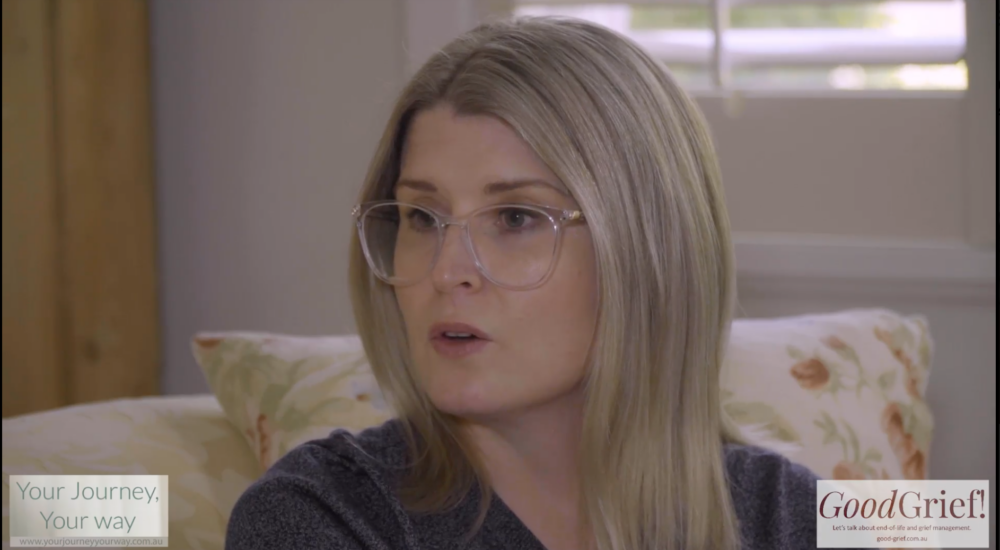
We have the impression we’re ‘not allowed’ to care for someone who’s dying at home. But why? Hands on home palliative care worker, Kellie Cooper-Smith challenges this and talks through the practical issues in her article below.
Kellie and I have also created a set of practical videos about caring for someone at the end-of-life at home. We acknowledge this should be integrated with the right medical support. But the fact is, a lot of the simple things don’t require a medical degree or another professional one. They simply require a level of connection – and time given.
We released our first set of videos about how to provide mouthcare at home, in December 2021. These can be found here.
Here is our second set, on personal hygiene. We hope you’ll find them supportive, practical and useful. They are deliberately very short and easy to follow.
I asked Kellie if it reaches the point where we don’t need to worry about personal hygiene in the dying person any more. Her answer surprised me.
You can view the entire video series, via the following links:
(And soon you’ll be able to access these via our website.)
How to bring end-of-life care home.
by Kellie Cooper-Smith.
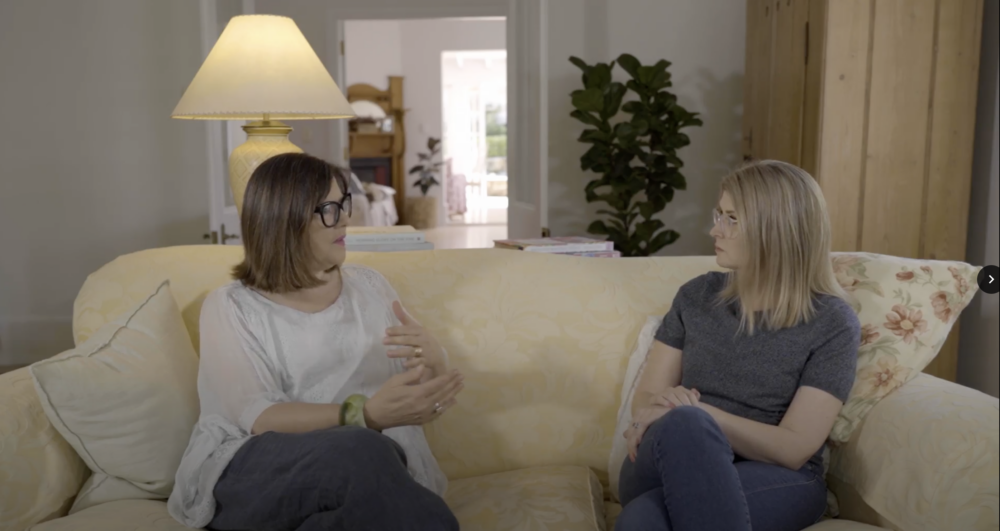
It’s become clearer than ever before that people with a life-limiting illness want to die in their own home. But is this even a possibility and how many resources are available for this to happen in our communities?
Death is everyone’s business. Everyone is entitled to decide what type of death they want, and they have the right to choose where they want to die. I have spoken personally with many people in the community and the answer is mostly the same, they wish to die at home surrounded by family and loved ones.
I understand that making the decision to die at home is the easy part. It’s knowing what’s involved and getting access to the resources to achieve this that’s the tricky part. So, what exactly is involved in palliative care at home?
“Death is everyone’s business”
You will require access to trained palliative care staff/volunteers, access to counselling, emotional and spiritual guidance, equipment, complimentary therapies, resources and information that is readily available and up to date.
If you search “palliative care at home”, on the internet you’ll no doubt be faced with information overload! This can easily become overwhelming and confronting, so let me help you.
The first step.
Let’s start at the beginning. The most effective first step, in Australia, is to contact and build a relationship with your general practitioner. In other countries this person may have a different name. But this is the doctor you rely upon to look after your routine medical care. They are important because they can pull a range of services together and based on their past experience, warn you when they see difficulties emerging.
Your doctor will give you information on specialist community palliative care services who can provide quality care for those with a life limiting/terminal illness.
What services you choose to engage will depend entirely on your personal preference and your medical condition.
The best palliative care actually involves many people wearing different professional hats. It encompasses a multi-disciplinary team which may include services such as Community Nurses, Physiotherapists, Occupational Therapists, Social Workers, Dieticians, Personal Care Assistants, Pharmacists, Specialists and Volunteers. There are also Alternative Therapies such as Massage, Acupuncture, Music Therapy, Meditation and Aromatherapy that can be considered.
“Palliative care actually involves many people wearing different professional hats.”
When making the choice to have palliative care at home, it’s important to gain as much information as early as you can before your condition deteriorates. A person’s physical condition and needs can change quickly so you want to be well prepared to ease an already stressful situation when this moment arrives, sometimes unexpectedly, even though long anticipated.
Palliative Care NSW has produced a fantastic booklet, available to download which also includes information for other useful contacts you will need throughout your journey.
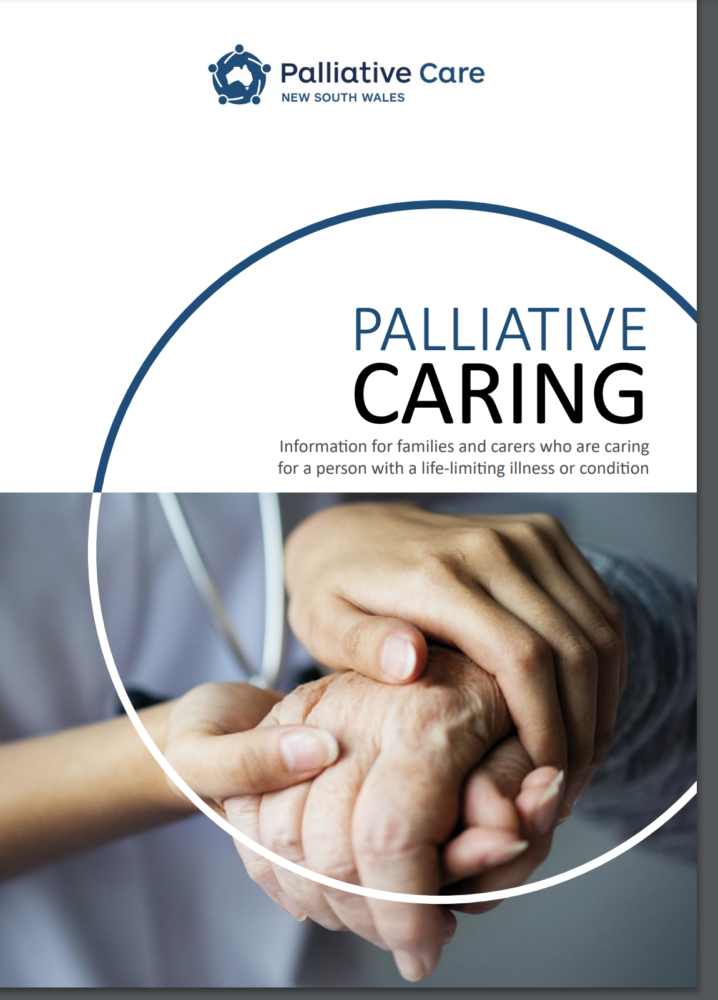
How much does palliative care cost?
You may find that some services are provided free of charge and others will incur a cost. In Australia, this will depend on what services you engage, whether or not you have private health cover, access to Medicare, access to a home care package or are entitled to government assistance such as Centrelink.
Your Doctor can guide you in the right direction or you may wish to engage the services of a Social Worker who can assist you to find free services. If the person requiring palliative care is over the age of 65, they may be entitled to receive ‘at home support’ through the Commonwealth Home Support Program (CHSP). Please contact My Aged Care to see if you meet eligibility criteria.
According to Palliative Care NSW, if you or someone you care for has a cancer diagnosis, the NSW Cancer Council may offer a financial contribution of up to $350 towards payment of utilities and bills. As with any service you engage, be sure to enquire about costs of the services and ask what services can be provided for free. Asking about costs upfront will minimise the risk of unexpected bills and charges.
Navigating resources.
Palliative care resources are becoming easier to navigate, thanks to the CareSearch, initiative, a national service coordinated by Flinders University and funded by the Australian Government Department of Health. They have updated all of their resources into National and State categories. CareSearch is also a fantastic hub for other information and resources, including Covid-19 information for patients and carers.
With Covid-19 still present in our communities’ people may find that their multi-disciplinary team is not always available, and the main carer may have more responsibility for provision of care.
Now, more than ever, it is important to access information and not to be afraid to call upon the help and assistance of others.
Can you trust the information you receive from the internet? Access the CarerHelp Factsheet – Can I trust this information, website funded by the Australian Government Department of Health to double check the information you receive.
You can also phone the National COVID-19 Health information line on 1800020080, 24 hours a day 7 days a week, or contact your doctor for up-to-date Covid-19 restrictions in palliative care.
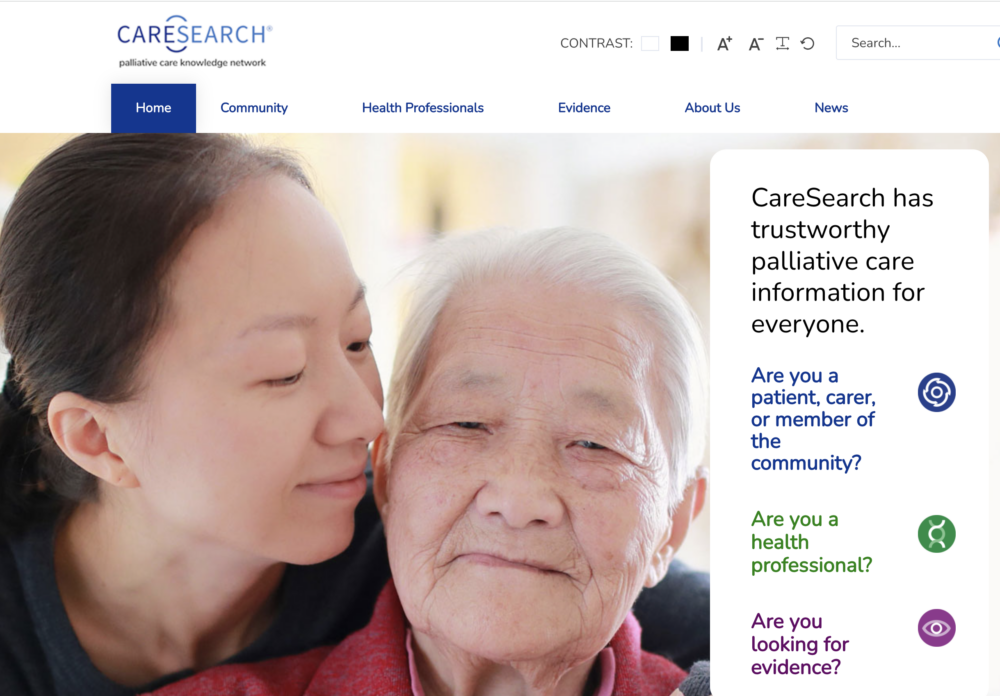
I want to die at home.
Multiple studies have shown that up to 75 percent of people wish to die at home, yet Australian Bureau of Statistics figures show this still isn’t being achieved. There is still much to be done, to provide accessible and affordable services and so turn this percentage from a dream to reality. Progress is being made. As of 2019, the Northern Territory recorded a 29.3 per cent rate of home/residence deaths followed by Tasmania which recorded 19.3 per cent. At the other end of the scale, Queensland recorded a low two per cent for home/residence death.
Palliative Care has been recognised in the Royal Commission into Aged Care Quality and Safety Recommendations.
However, personally I have not seen any improvement and I believe we are yet to see positive impacts, especially in community settings. The introduction of palliative care training for care workers and comprehensive funding for palliative and end-of-life care are among the Commission’s recommendations, but they’re still a long way off.
Are you afraid to take charge of your own death?
It’s my strong belief that people are afraid to take charge of their own death and advocate for what they want.
I have also witnessed people not making their plans soon enough and not engaging palliative care services until it is too late. This means being hospitalised to die becomes almost inevitable. There is also still a strong misconception that death needs to be institutionalised.
“There is still a strong misconception that death needs to be institutionalised.”
But as early as 2015, ‘Hal Swerissen and Stephen J Duckett’ of the Grattan Institute provided strong evidence that this doesn’t need to be the case.
Now more than ever, we need to keep the conversation rolling about death and dying. The majority of people have a clear idea about what they want their death to look like. Resources and support are yours for the taking. Take charge of your own destiny, speak to your health care professional and push for what you want.
Kellie’s Fact Sheet
Don’t forget to check out the fact sheet which accompanies our video.
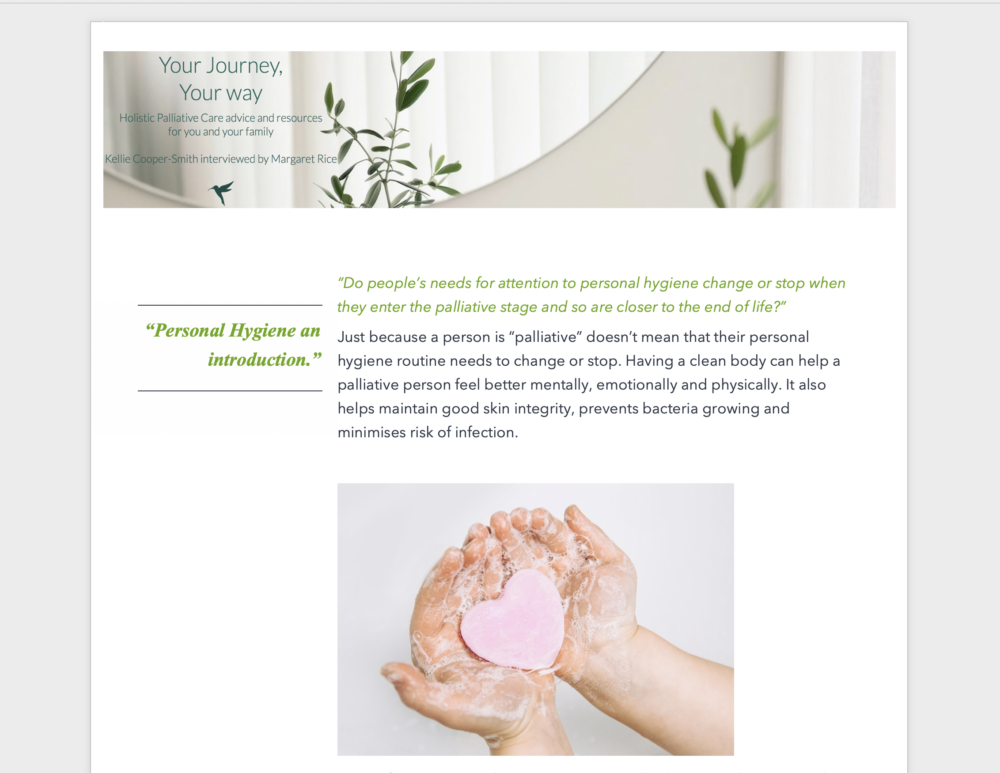
It can be found here.
Resources
For a (political!) discussion about the need for investment in palliative care go to: https://good-grief.com.au/of-critical-importance/https://good-grief.com.au/of-critical-importance/
See our approach to preparing for a good death – adapted for Covid-19.
Swerissen and Duckett’s 2015 paper What can we do to help Australians die the way they want to is still relevant today. It can be found at : https://www.mja.com.au/journal/2015/202/1/what-can-we-do-help-australians-die-way-they-want
Go to the following link to download your free copy of Palliative Care NSW’s Palliative Caring booklet.
To access palliative care knowledge, whether you’re a health care professional, someone looking after a family member or researching care options for yourself, go to:
https://www.caresearch.com.au/tabid/6129/Default.aspx
Access the Carerhelp Factsheet – Can I trust this information
Please access this helpful guide to trustworthy information by clicking:
